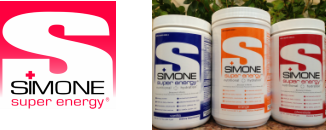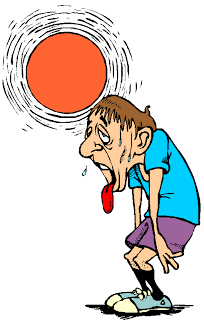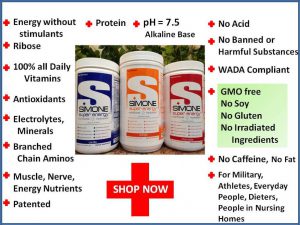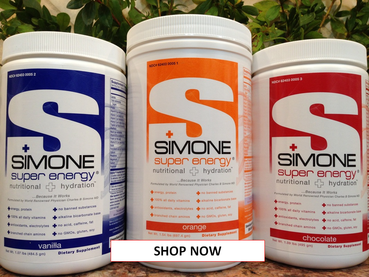HOT ENVIRONMENT, HEAT INJURIES, HEAT STROKE
12/15/2014
We do not diagnose disease or recommend a dietary supplement for the treatment of disease. You should share this information with your physician who can determine what nutrition, disease and injury treatment regimen is best for you. You can search this site or the web for topics of interest that I may have written (use Dr Simone and topic).
“We provide truthful information without emotion or influence from the medical establishment, pharmaceutical industry, national organizations, special interest groups or government agencies.” Charles B Simone, M.MS., M.D.
Lawrenceville, NJ (Dr Charles Simone) – The body of “Harry Potter” actor Dave Legeno (played the werewolf Fenrir Greyback) was found in California’s Death Valley last week. Authorities say he died from heatstroke. Hydration excerpt from NUTRITIONAL HYDRATION about HEAT STROKE (with permission C B Simone MD)
Poor nutrition and poor hydration impair your response to the heat, cold and low levels of oxygen. Hydration is critical. Next is the proper level of energy intake, particularly carbohydrate. Low intake of carbohydrate forces the body to use fats for an energy source that increases ketoacidosis, making the body very acidic. An acidic body, HOT ENVIRONMENT impairs muscle strength and coordination, endurance, and the proper regulation of body temperature. Don’t eat fatty food, including bars, in a challenging environment.
HOT ENVIRONMENT
In a hot environment, only 20% of your energy is used for muscle work, the rest is given off as heat. For every increase of 10°F (5.6°C) your hydration requirement increases by 50% at rest, and the hydration need is even higher when you do work. Soldiers on missions carrying 50 pounds at 100°F (37.8°C) require about 12 liters of fluid. The only way to get 12 liters into a person is by drinking a certain amount at specified time points. And for every 1°F increase between 86°F and 104°F, your energy requirement is increased by 0.5%. Sodium is not necessary to be given as a supplement at all if you are eating a diet that normally has plenty of sodium (American diet has 6-18 gm of sodium per day). Vitamin C helps you acclimate to the heat easier and the B vitamins can decrease fatigue in the heat.
HEAT INJURIES
Heat injuries occur when the air temperature is high, the humidity is high, and you are working hard – all raising the body temperature higher than normal. Sweat is your main defense. There are three types of heat injuries: heat cramps can lead to heat exhaustion and this can progress to heat stroke that can be fatal.
HEAT STROKE is a medical emergency and accounts for about 2% of athletes’ deaths.
Signs and Symptoms: High body temperature (105.8°F or 41°C). 50% of patients sweat profusely while the other 50% do not sweat at all. Since thermometers are usually not available in the field, a diagnosis of heat stroke is made if the patient is hot, fatigued, and has mental confusion. They may show signs of aggression, hallucinations, or visual disturbances. In advanced stages, they may have convulsions, loss of consciousness, and coma. Heat stroke can result in brain damage and death.
Treatment: Cool the body down rapidly with ice and cold water. Rapid cooling is accomplished by partially submerging the body in a cold-water bath. Fan the patient to promote evaporation. Transport patient to a hospital immediately.
Read also:
(c) 2017 Charles B. Simone, M.MS., M.D.




